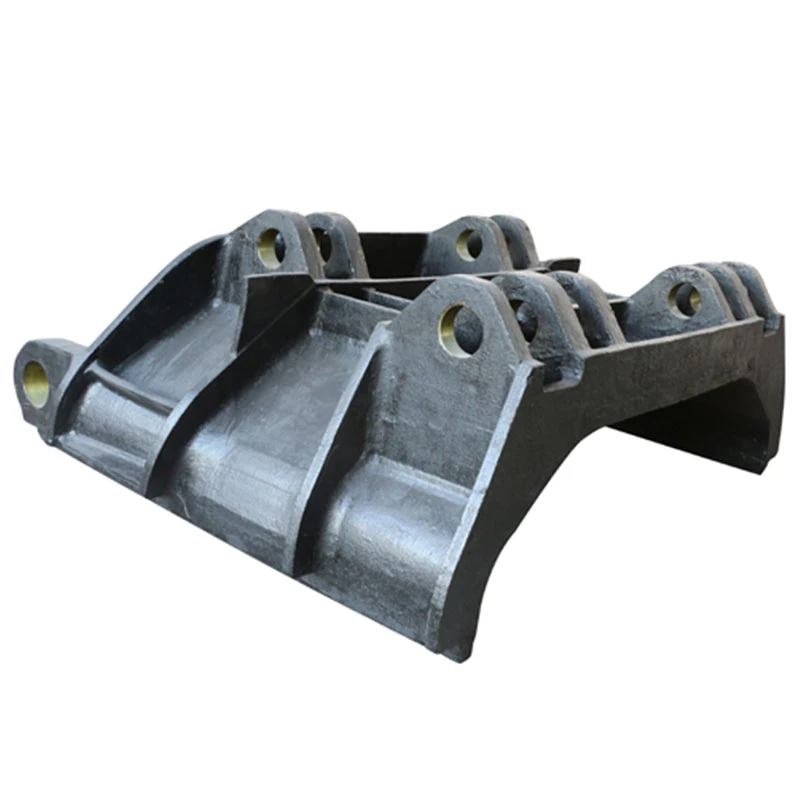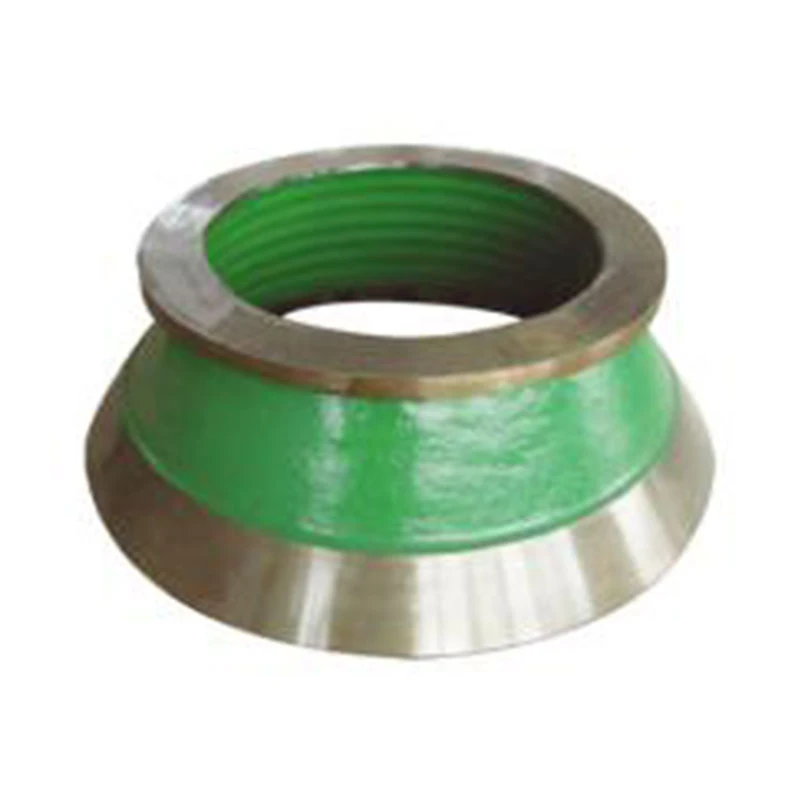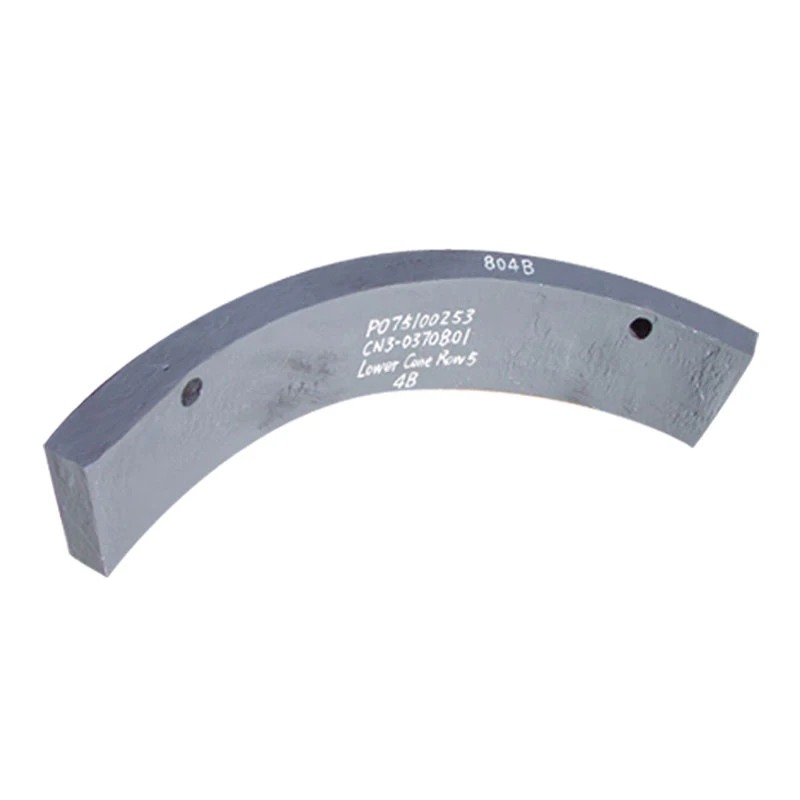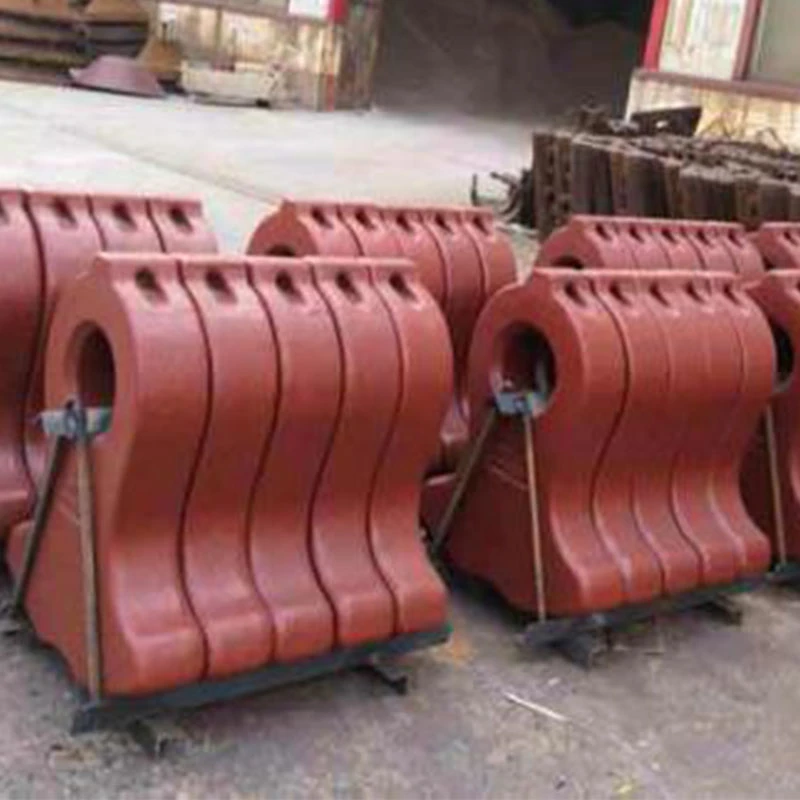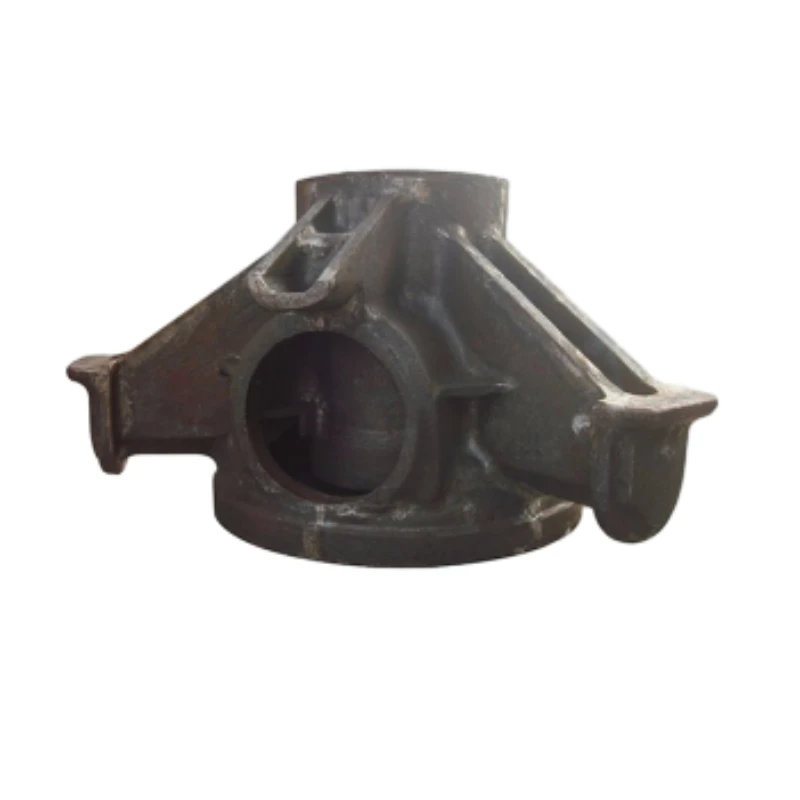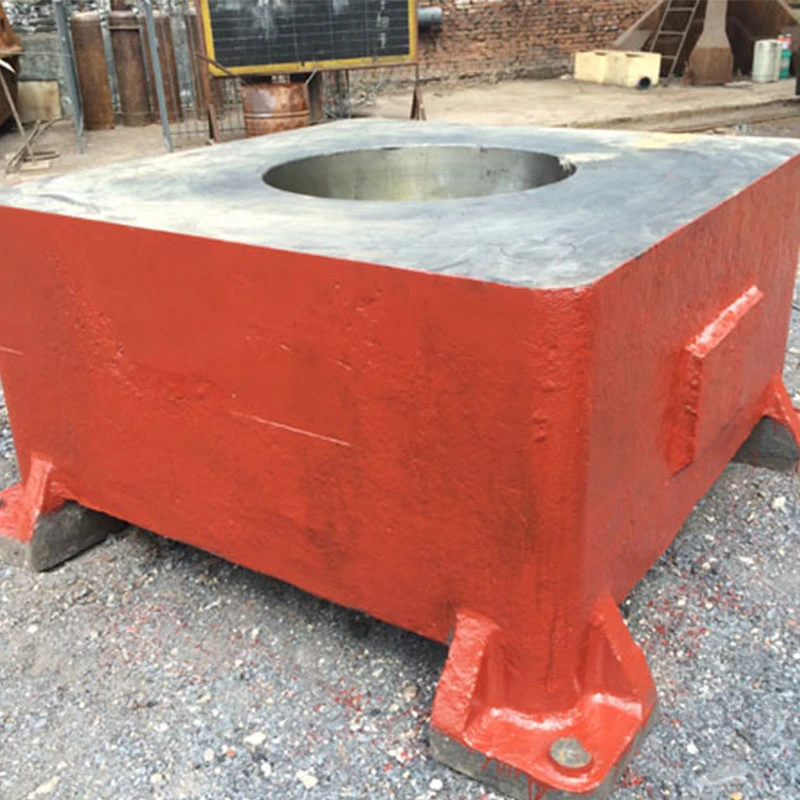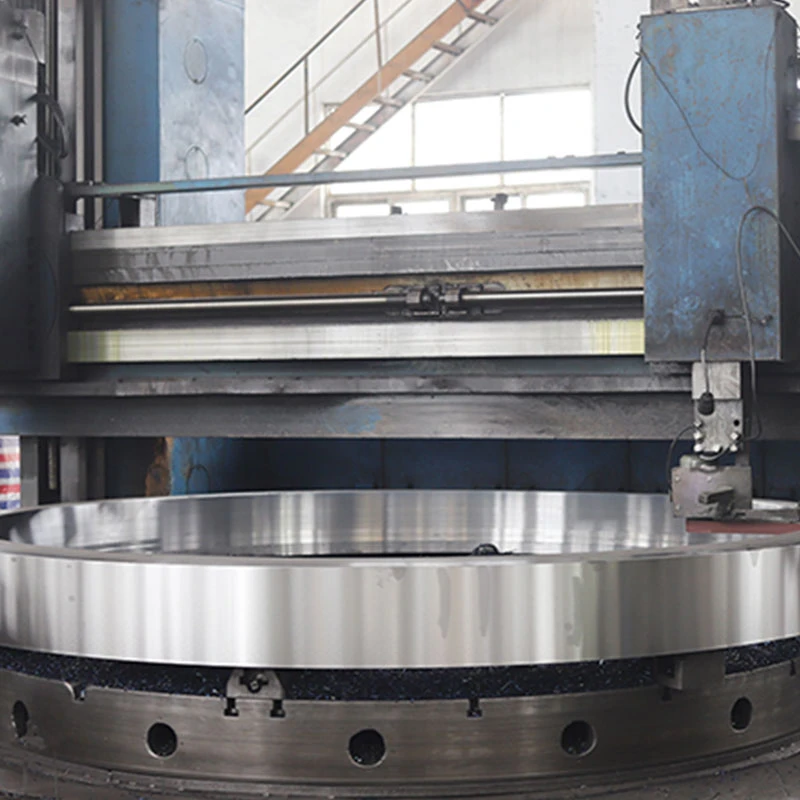- Afrikaans
- Albanian
- Amharic
- Arabic
- Armenian
- Azerbaijani
- Basque
- Bengali
- China
- China (Taiwan)
- Czech
- Danish
- Dutch
- English
- French
- German
- Greek
- Gujarati
- Haitian Creole
- hausa
- Miao
- Hungarian
- igbo
- Indonesian
- Italian
- Japanese
- Javanese
- Rwandese
- Korean
- Kyrgyz
- Lao
- Lithuanian
- Luxembourgish
- Macedonian
- Malgashi
- Malay
- Mongolian
- Myanmar
- Nepali
- Norwegian
- Persian
- Polish
- Portuguese
- Punjabi
- Russian
- Spanish
- Swahili
- Swedish
- Telugu
- Vietnamese
Jun . 06, 2025 23:31 Back to list
Premium Down Hole Drilling Equipment for High Efficiency in Deep Applications
- An overview of down hole drilling technology
- Technical advantages of modern drilling equipment
- Performance comparison of industry-leading manufacturers
- Application-specific customization capabilities
- Real-world project case studies
- Maintenance and operational best practices
- Future developments in drilling equipment technology

(down hole drilling equipment)
The Critical Role of Down Hole Drilling Equipment
Modern drilling operations depend entirely on specialized down hole drilling equipment
to reach mineral deposits that traditional methods cannot access efficiently. These systems function in extreme subterranean conditions exceeding 150°C while withstanding massive geological pressures. The emergence of more advanced down the hole drilling equipment has revolutionized extraction processes, improving penetration rates by up to 65% compared to conventional rotary methods according to International Drilling Association statistics. The core principle involves compressed air-driven percussion that delivers powerful blows directly to the drill bit through a piston mechanism. This direct energy transfer creates the continuous impact sequence that pulverizes rock formations while simultaneously removing cuttings with compressed air. As resource exploration pushes toward increasingly remote locations and deeper reserves exceeding 2,500 meters, the strategic value of robust drilling systems continues to escalate across mining, geothermal, and construction sectors.
Technical Innovations Enhancing Performance
Recent engineering breakthroughs in down hole hammer drilling technology deliver measurable productivity advantages. Modern sealed-bearing designs maintain operational integrity for 250+ drilling hours before requiring service interventions. High-frequency percussion systems achieve sustained impacts at 2,000 BPM (blows per minute) with energy transfer efficiencies reaching 97% - a significant improvement over the 75-80% efficiency standards in previous-generation equipment. Optimized drill bit geometries featuring tungsten carbide inserts substantially reduce premature wear, enabling 40% longer bit life in abrasive granite formations. Internal components like the drive piston and air distributor benefit from heat-treated alloy construction that doubles fatigue resistance ratings compared to conventional materials. These innovations collectively deliver a documented 28% reduction in cost-per-meter across multiple mine site evaluations conducted between 2020-2023. Enhanced pressure balancing mechanisms and wear-resistant surface treatments provide the technological foundations for these performance gains.
| Manufacturer | Impact Energy (Joules) | Average Lifespan (hours) | Air Consumption (CFM) | Optimal Depth Range |
|---|---|---|---|---|
| Atlas Copco | 650-900 | 300 | 900-1350 | 200-800m |
| Sandvik | 580-850 | 280 | 850-1270 | 150-750m |
| Boart Longyear | 540-810 | 260 | 800-1220 | 120-600m |
Custom Solutions for Diverse Geological Challenges
Leading engineering teams collaborate directly with mine operators to develop specialized drilling configurations adapted to site-specific conditions. Borehole diameters typically range between 90mm to 250mm with most systems modularly designed for rapid adaptation. Hard rock formations require enhanced percussion power requiring high-frequency hammer configurations with boosted air pressure capabilities (350 psi systems versus standard 300 psi units). Abrasive zones necessitate specialized tungsten carbide grades for cutting surfaces with 10-15% cobalt matrix for impact resistance. Highly fractured geology benefits from adaptive feed pressure controls that automatically reduce thrust when voids are detected, preventing costly deviation incidents. Corrosive environments utilize stainless steel alloys or ceramic-coated internal components that extend service intervals by 40% compared to standard carbon steel builds. These bespoke engineering solutions ensure operators gain maximum efficiency regardless of underground conditions. Project managers submit operational parameters through comprehensive specification templates detailing geology reports, target depths, accuracy tolerance requirements, and production objectives.
Field Validation Through Industry Applications
Canadian Shield Gold Project: Production drilling operations established a benchmark 1,260-meter daily advance rate utilizing modified down hole drilling equipment operating at 250psi. Customized bits featuring reinforced gauge protection increased usable lifespan by 33% in the high-silica environment. The solution eliminated premature bit failures that previously caused costly delays.
Chilean Copper Expansion: Development engineers implemented reverse circulation hammer configurations to achieve 98% core recovery rates in fractured porphyry ore bodies. Site-specific modifications included enhanced stabilizer collars that maintained borehole straightness within 1° deviation specification throughout 400-meter runs.
Siberian Exploration Program: Extreme cold weather adaptations (-45°C ambient) required specialized lubricants and moisture control systems preventing pneumatic line freezing. Additional modifications included hardened alloy seals and reinforced air tubes to maintain operational reliability under severe thermal cycling conditions.
Optimizing Operational Performance
Routine maintenance protocols dictate inspection intervals every 72 operating hours for critical wear components. Technicians meticulously document piston clearance measurements, seal integrity verification, and bearing play assessments. Lubrication requirements demand continuous oil injection systems specifically calibrated to equipment specifications - typically 15-25ml per cubic meter of compressed airflow. Daily operational checks verify pressure gauges maintain consistent values (±5% variance) throughout drilling sequences. Operational data analysis reveals that maintaining air pressure consistency within 10psi tolerance reduces component stress by 18% and extends service life significantly. Drill crews employ automated monitoring systems tracking vital parameters including rotation torque, feed pressure, and penetration rate. Real-time operational thresholds trigger immediate alerts when values deviate beyond established safe operating envelopes. Compression testing performed quarterly verifies internal hammer efficiency remains above 92% design capacity.
Future Directions for Down The Hole Hammer Drilling
As mining depths approach 3,000-meter barriers, manufacturers continue advancing down the hole drilling equipment capabilities through research partnerships with leading universities. Current development priorities include composite-material pistons that reduce reciprocating mass by 35% while maintaining impact force integrity. Sophisticated pressure-regulation technology demonstrates promising capability to automatically adjust percussion energy based on rock hardness sensors. Laboratory simulations reveal these smart systems can reduce bit wear rates by 22% in variable geology transitions. Electropneumatic integration creates opportunities for precise digital control over impact energy and frequency modulation that adapts to formation density changes instantaneously. European and Russian technical publications indicate significant research regarding Скачать down the hole hammer drilling configurations with advanced shockwave propagation features that could potentially increase energy transfer efficiency beyond current physical limitations. These innovations promise further breakthroughs throughout the next decade that will sustain progress in deep exploration drilling efficiency and cost containment.

(down hole drilling equipment)
FAQS on down hole drilling equipment
以下是根据核心关键词"down hole drilling equipment"和相关词"down hole drilling equipment, down the hole drilling equipment, Скачать down the hole hammer drilling"创建的5组英文FAQs问答。每组问答使用H3标签包裹问题(以"Q:"开头),回答使用"A:"开头并包裹在P标签中,问题和回答均控制在三句话内。所有内容以HTML富文本格式呈现。Q: What is down hole drilling equipment used for?
A: Down hole drilling equipment refers to specialized machinery for deep vertical drilling in applications like mining and geotechnical surveys. It typically includes components like drill pipes, bits, and fluids to penetrate hard surfaces. This equipment is essential for efficient resource extraction.
Q: How does down the hole drilling equipment differ from other methods?
A: Down the hole drilling equipment differs by operating directly at the bottom of the hole to minimize energy loss. It uses a pneumatic or hydraulic hammer for faster rock penetration. This method is preferred for deep well drilling due to its precision and reduced surface disturbance.
Q: Where can I download manuals for down the hole hammer drilling?
A: Manuals for down the hole hammer drilling can be downloaded from manufacturers' websites, such as Sandvik or Atlas Copco. You can find technical resources by searching "Скачать down the hole hammer drilling" to access safety guides and operational details. Always ensure downloads are from trusted sources.
Q: What are the key components of down hole drilling equipment?
A: Key components include the drill bit, hammer mechanism, and stabilizers to ensure straight drilling paths. Down the hole drilling equipment integrates shock absorbers for handling rock impacts. Proper maintenance ensures longevity in harsh environments.
Q: Why choose down the hole hammer drilling for deep excavation?
A: Down the hole hammer drilling is chosen for its efficiency in hard rock excavation, reducing time and costs. It provides consistent energy transfer to the bit for deeper penetration. Additionally, it minimizes vibrations for safer and more stable operations.
-
Low-Cost Borehole Drilling Machine for Small-Scale Projects
NewsJul.11,2025
-
Carbide Bullet Teeth for Abrasive Formations: Powering Industrial Drilling Efficiency
NewsJul.11,2025
-
Advantages of Down-the-Hole Drill Bits in Geothermal Projects
NewsJul.11,2025
-
Hole Hammer Use in Water Well Drilling
NewsJul.11,2025
-
Benefits of a Mobile Diesel Compressor in Construction
NewsJul.11,2025
-
Benefits of Diesel Portable Screw Air Compressors
NewsJul.11,2025




